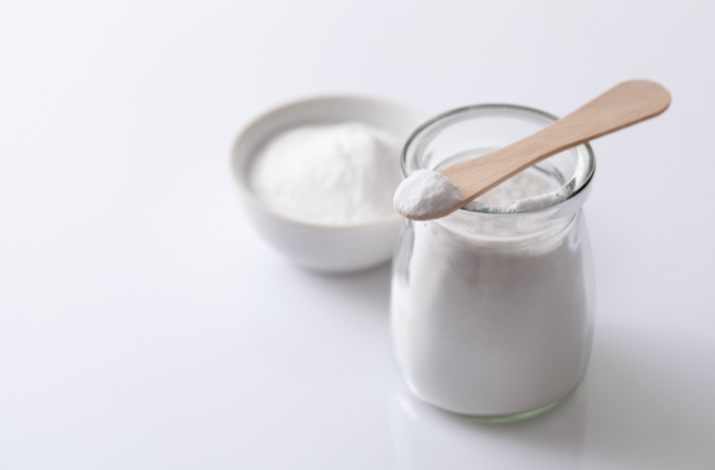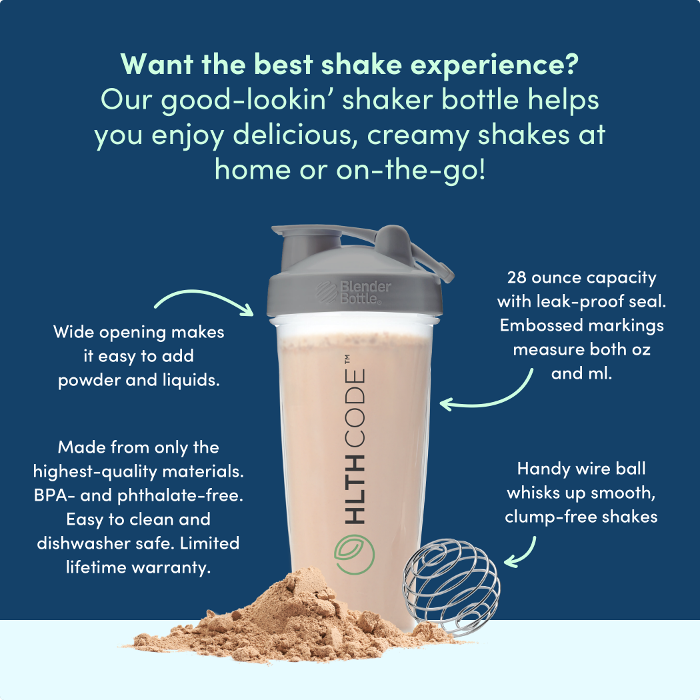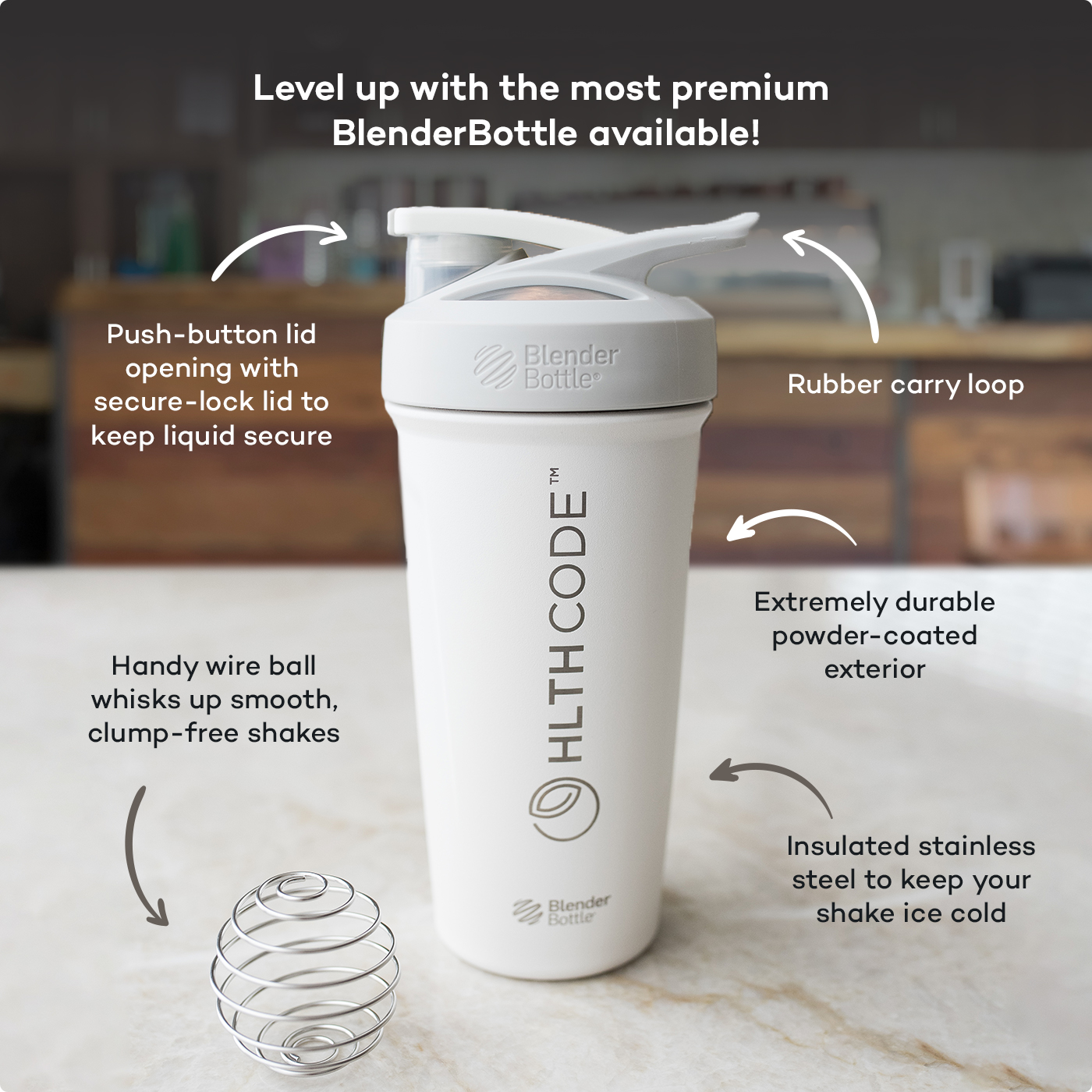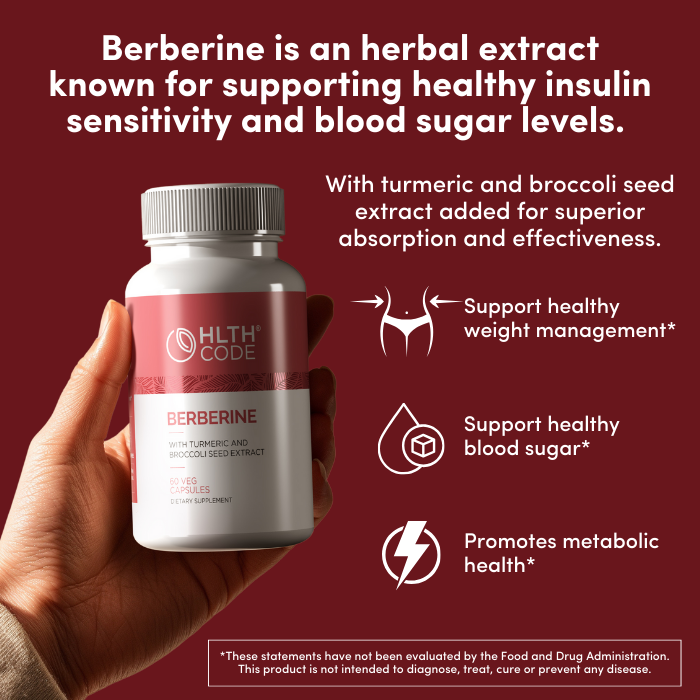The Controversy Surrounding Aspartame

Aspartame is an artificial sweetener commonly used as a sugar substitute. It is one of the most extensively studied and regulated food additives in the world. The sweetener has been approved for use in many countries, including the United States and the European Union, and is found in a wide range of products, from diet sodas to sugar-free desserts.
Aspartame was discovered accidentally in 1965 by chemist James Schlatter, who was working for a pharmaceutical company on a potential anti-ulcer drug. He synthesized aspartame by combining two amino acids, aspartic acid and phenylalanine, and noticed its sweet taste when he licked his finger after spilling some of the compound. This unexpected sweetness led to further investigation of aspartame’s potential as a sugar substitute.
In 1981, after several years of safety testing, the U.S. Food and Drug Administration (FDA) approved the use of aspartame as a food additive. Health organizations in other countries soon followed suit.
Since then, aspartame has continued to be extensively studied and reviewed. Yet it has become the subject of intense debate over its safety.
Read on to see some of the pros and cons of aspartame and to see whether the controversy is warranted.
Benefits:
To understand the benefits of aspartame and other non-nutritive sugar substitutes, it’s important to understand the risks of sugar.
Sucrose (“sugar”), is a disaccharide, a type of simple carbohydrate composed of two smaller sugar molecules, that the body uses as a source of energy.
Once sucrose reaches the small intestine, the pancreas releases enzymes to break it down into individual glucose and fructose molecules (“simple sugars”). These simple sugars are then absorbed through the walls of the small intestine into the bloodstream.
After absorption, glucose and fructose are transported via the bloodstream to various cells throughout the body. Insulin, a hormone produced by the pancreas, plays a crucial role in regulating the levels of simple sugars in the blood. These sugars will either be used as immediate energy, stored in the liver and muscles as glycogen, or stored as fat.
As a simple carbohydrate, sucrose is quickly digested and can lead to rapid spikes in blood sugar levels. This in turn has a higher impact on insulin than a slower elevation in blood sugar would create, thus leading to a greater increase in stored fat and to an increased risk of insulin resistance and a host of other health problems.
Sugar consumption has been definitively linked to a number of diseases, including Type 2 Diabetes, obesity, cardiovascular disease, Non-Alcoholic Fatty Liver disease, cancer, gout, metabolic disorder, gum disease, cognitive decline, and even mental health disorders [1].
Because of the impact of sucrose on the body, the benefits of aspartame and other artificial and non-nutritive sweeteners become clear.
Aspartame is low in calories and has little to no effect on blood sugar or insulin (although some individuals may see an insulin response.). This makes it a valuable tool for those seeking to manage their weight or health conditions like diabetes or those looking to have sweetened foods without the risks of sugar [2,3]. Naturally, because it is sugar free, it also has no impact on dental health or tooth decay [4].
Concerns:
In the body, aspartame is broken down through a process called hydrolosis into its constituent amino acids, aspartic acid and phenylalanine (which can be harmful to individuals with phenylketonuria (PKU), a rare genetic disorder), and a small amount of methanol. Some of the concern around aspartame surrounds its metabolites, what it breaks down into when metabolized. Methanol, in particular, breaks down into formaldehyde, which can be toxic in large quantities.
However, researchers note that the amount of methanol in aspartame is less than what is found in some fruits. For example, ounce for ounce, consuming an equivalent amount of tomato juice can produce up to six times more methanol than diet soda [5].
Other concerns around aspartame are a result of various rodent studies done in the 2000s that have been dismissed as “compromised.” [6] These studies suggested that aspartame may increase the risk of some types of cancers, yet concerns about their validity quickly followed. In one study, for instance, researchers used rats that were genetically modified to be more susceptible to cancer. Other studies gave rats doses of aspartame that far exceeded amounts that humans could consume. The potential link between aspartame and cancer, then, is inconclusive.
Concerns have also been raised regarding the potential impact of aspartame on the nervous system. This concern comes from the idea that the phenylalanine and aspartic acid in aspartame (as opposed to that found in dietary protein) can cross the blood-brain barrier and elevate the levels of both in the brain. These compounds can inhibit regulation of neurophysiological activity. Aspartame is also believed by some to be a chemical stressor affecting plasma cortisol levels. Some studies have suggested a potential link between aspartame consumption and headaches, migraines, dizziness, and other neurological symptoms [7]. However, the evidence regarding each of these claims remains limited and inconclusive, particularly when aspartame is consumed within levels deemed “safe” (more on that below) [8]. Still other studies indicate no significant adverse effects of aspartame on neurological function [9].
After much review, multiple agencies and organizations have determined a safe “acceptable daily intake” of aspartame that is far beyond what the average person would consume. That limit is 40 milligrams per kilogram (2.2 pounds) of body weight per day for most organizations and 50 mg per kilogram for others.
According to the lower limit, an adult weighing 150 pounds could consume 2720 milligrams of aspartame a day to remain in the “safe” range. Considering that a pack of Equal contains 37 milligrams of aspartame and a 12-ounce can of diet soda contains around 200 milligrams of aspartame, that puts the limit higher than most adults could consume.
Takeaway:
Aspartame, like any food additive, has both positive and negative aspects. It provides a low-calorie alternative for individuals aiming to reduce their sugar intake, is considered safe for the general population, and offers far fewer health risks than sugar itself. However, the evidence isn’t conclusive one way or the other on other potential health impacts, particularly when aspartame is consumed at higher levels. As such, if you choose to make aspartame a part of your lifestyle, moderation is key.
References
- https://www.ncbi.nlm.nih.gov/pmc/articles/PMC9471313/
- Chaudhary, S., Tandon, S., & Sharma, A. (2021). Artificial Sweeteners: Boon or Bane? A Review. Journal of Education and Health Promotion, 10, 134. doi: 10.4103/jehp.jehp_1329_20
- https://pubmed.ncbi.nlm.nih.gov/33291649/
- https://www.ncbi.nlm.nih.gov/pmc/articles/PMC3296175/
- https://pubmed.ncbi.nlm.nih.gov/12180494/
- https://www.fda.gov/food/food-additives-petitions/timeline-selected-fda-activities-and-significant-events-addressing-aspartame
- https://pubmed.ncbi.nlm.nih.gov/28198207/
- https://www.ncbi.nlm.nih.gov/pmc/articles/PMC7282854/
- https://health.gov/our-work/nutrition-physical-activity/dietary-guidelines/previous-dietary-guidelines/2015/advisory-report/appendix-e-2/appendix-e-241
This article is for informational and educational purposes only. It is not, nor is it intended to be substitute for professional medical advice, diagnosis, or treatment and should never be relied upon for specific medical advice.


















